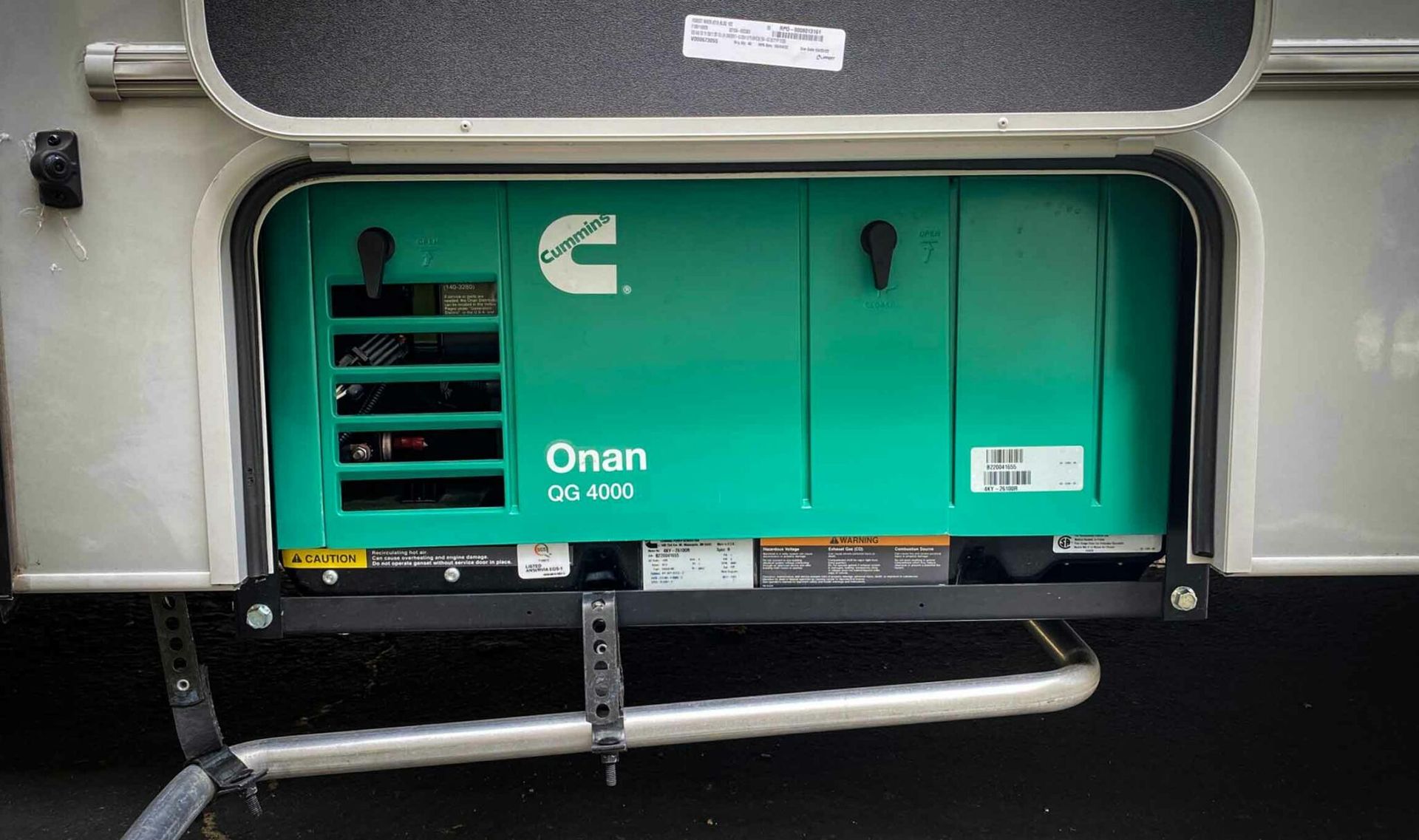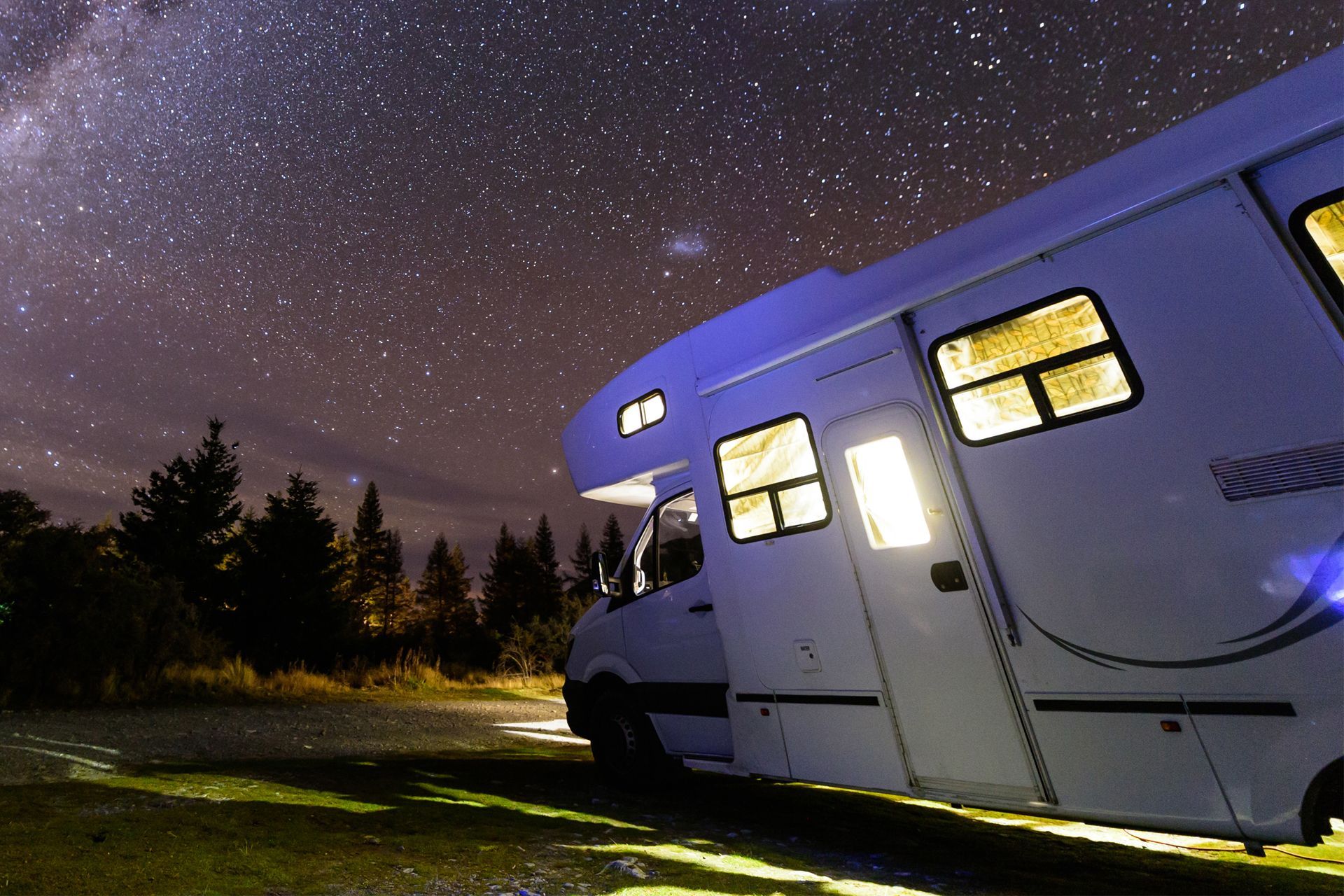Biggest Pain Points for New RV’ers
RVs are awesome! They enable us to enjoy the outdoors and travel with comfort and convenience. Butttt, they can also be complicated, expensive and difficult to figure out.
In all my years as an RV tech, there are several issues which new RV’ers constantly get themselves into, and a little advance warning could go a long way. RVs are comprised of many interconnected systems all working together to provide you with the convenience of a home, out on the road. A brief summary of these systems are as follows:
1. Electrical
- 120 volts AC, also known as shore power.
- 12 volts DC, this comes from your batteries.
2. Plumbing
- Fresh water storage and plumbing.
- Grey water storage and plumbing.
- Black water storage and plumbing, this is your sewage system.
3. HVAC
- Air conditioners.
- Furnaces, Hydronic heaters etc.
- Ventilation ducts.
4. Gas
- All your propane burning appliances.
By far, the two systems which present the most issues to new RV’ers are the plumbing and electrical systems. Of these, the biggest nuisances tend to be the 12 volt fuses, and the black water valves. Most of your systems require 12 volt electricity to power a control board. Generally, though not always, this 12 volts supply isn’t used to power the appliance itself. The control board senses whether or not you are connected to shore power and determines whether to power the appliance with 120 volts AC or LP gas. When a 12 volt fuse burns out, it can render an appliance inoperable, even if your shore power is on and you have gas. Different manufacturers place the 12 volt fuses in different locations, and this can present a challenge in identifying a blown fuse. It’s always a good idea to familiarize yourself with the location of your power distribution box, circuit breakers and 12 volt fuses.
Hold on to your hats, and look away if your squeamish. New RV’ers tend to get themselves into trouble with their black water systems by not realizing that the valve needs to always remain closed unless dumping the tank. The black water valve is typically a 3” blade valve, when opened, this allows all the material in the black water tank to flush rapidly through the sewer hose and into the sewer. If this valve is left open, then all of the liquid waste will drain off, leaving behind the solid waste. In short order a big old turd pyramid will stack up inside your black water tank and plug it off! This dries and turns into human made cement. There isn’t really a fix for this, the standard practice is to replace your black water tank, which is a costly endeavor and could have been easily prevented. One last note on this, I have also seen experienced RV’ers run into this age-old problem by relying on electric valves. If the valve fails in the open position, this problem can sneak up on you.
Some other common problems are with the 12 volt batteries themselves. Most lead acid battery banks are only designed to operate for a few years. When they start to fail, it can lead to all kinds of weird electrical anomalies. One easy test you can do for your battery bank is to turn all of your 12 volt lights on while plugged into shore power. Unplug your unit from shore power while keeping the lights on. Do they stay bright? Or do they start to dim? Is it immediate? Or does it take a while for them to dim? A healthy battery bank should be able to keep those lights going strong and bright for quite some time.
Regarding your fresh water system, don’t overfill your storage tank! When you’re filling up your fresh water tank, it should have a vent on it which prevents it from becoming pressurized. However, some RVs can have a complicated set of valves to fill the tank. I have seen on many occasions where a client accidentally blew up their tank by pressurizing it with city water pressure.
Lastly, if you’re storing your RV where it can fall below freezing, winterize it! It’s common to put your RV in storage in the early fall and bring it back out next spring to find your new RV leaks like a sieve. When water freezes it expands, while modern RVs are equipped with PEX plumbing to help prevent freeze damage, it can’t work miracles. Winterization is a standard procedure to blow the fresh water out of your lines with pressurized air and pour anti-freeze down your drains. Don’t forget about your water heater! I’ve had many clients winterize their unit, only to realize too late they forgot to drain their water heater and ended up having to replace it.


